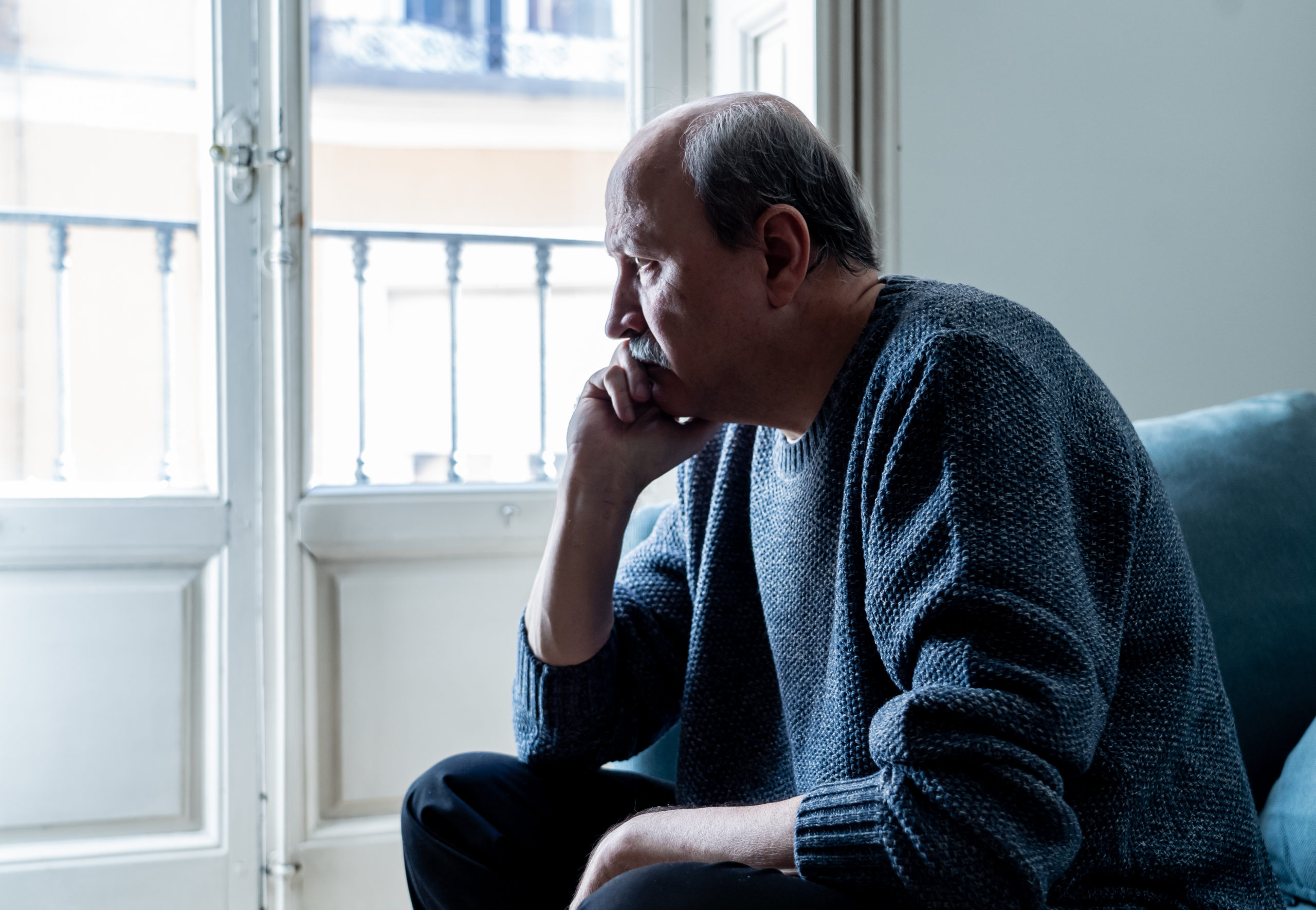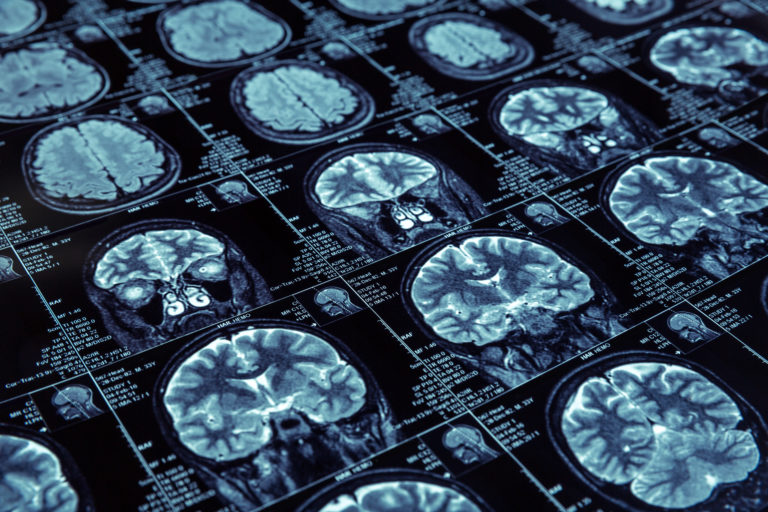We have all heard that the urge to use may increase during the holiday season. But if true, what is the real root of that problem? One prominent neuroscientist believes it all harkens back to loneliness and the idea of being isolated during a meaningful time of the year.
Seeing how a scientist is saying this, it makes sense that there is some empirical evidence to back it up. The Washington Post shared some of those stats, as well as an interview with Dr. Rachel Wurzman, the prominent figure making the claim.
Wurzman has done extensive research into the striatum, a region at the base of the forebrain that helps enable decision making. It is also, according to Wurzman, deeply impacted by social connections.
She went on to explain how the striatum can trigger impulsive behaviors (such as drug use or drinking). Isolation can reportedly leave that part of the brain feeling vulnerable, which is where the need for a quick reward factors in.
“If we don’t have the ability to connect socially, we are so ravenous for our social neurochemistry to be rebalanced, we’re likely to seek relief from anywhere,” Wurzman explained to The Post. “And if that anywhere is opioid painkillers or heroin, it is going to be a heat-seeking missile for our social reward system.”
And let’s face it, our current society does tend to lean toward loneliness. With streaming services viewed at home, social networks and telecommuting, human interaction is far less prominent in the modern era.
Though people may seem happy being connected digitally (vs. physically), certain evidence seems to show otherwise. Fortune Magazine also recently touched on this issue, highlighting the fact that suicide rates have shot up by 33 percent over the last 20 years. There is also data to support that many of the fatal opioid overdoses that are occurring may be intentional.
Wurzman strongly believes that it all ties back to social isolation. And, on a positive note, reconnecting could be a key for curbing America’s growing addiction issues.
“By connecting with other people over and over again, people with opioid-use disorders can reduce their compulsive behaviors and their chance of relapse or overdose,” Wurzman concluded. “This change relies on neuroplasticity — the brain’s ability to rewire itself when new behaviors are practiced again and again.”
We are definite fans of that theory and encourage all of our readers to check out Wurzman’s inspirational TED Talk on the issue.

Overwhelmed old senior man suffering alone at home feeling confused sad alone on couch at home in Aging Retirement widower Dementia and Alzheimer concept.






